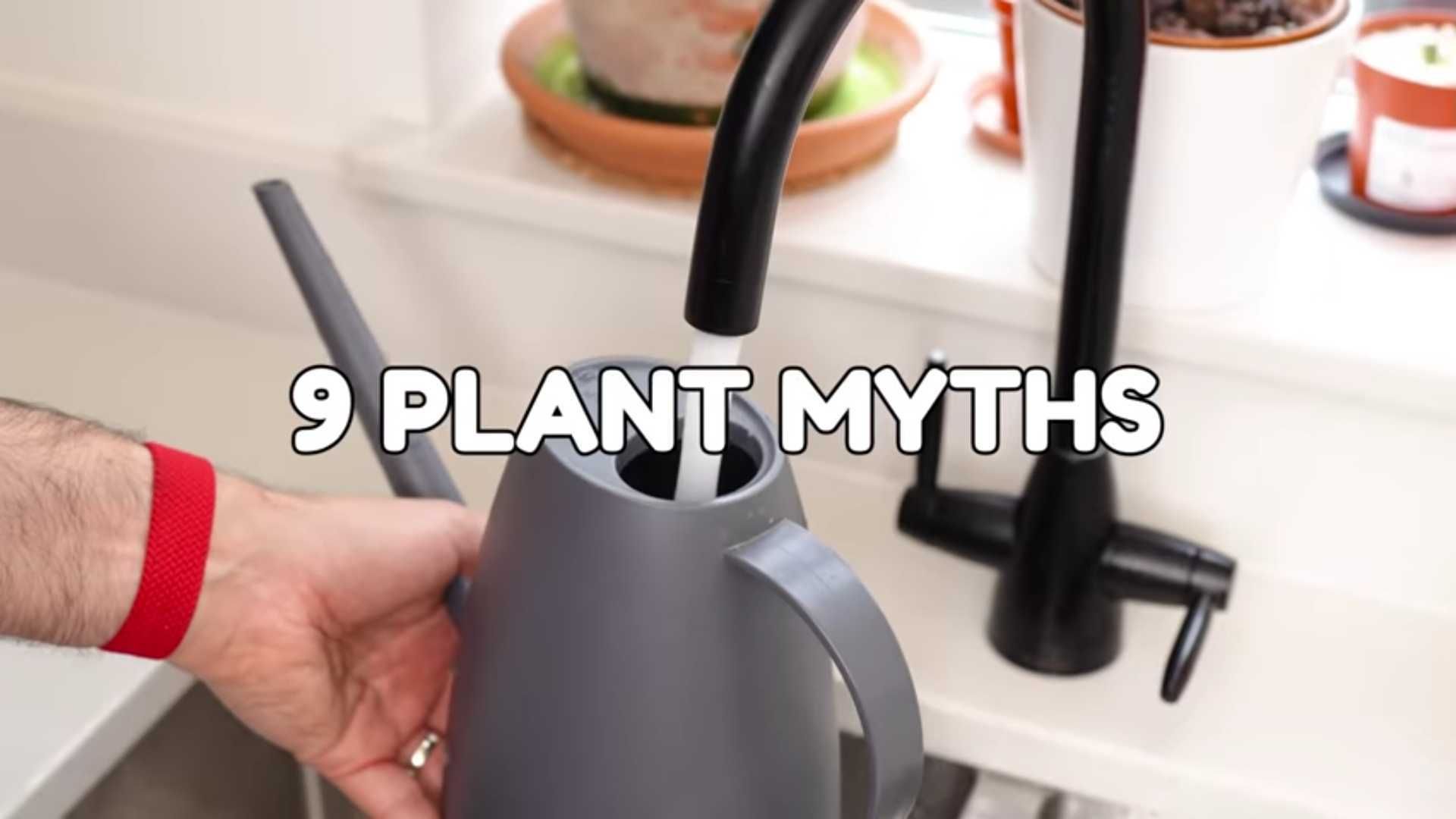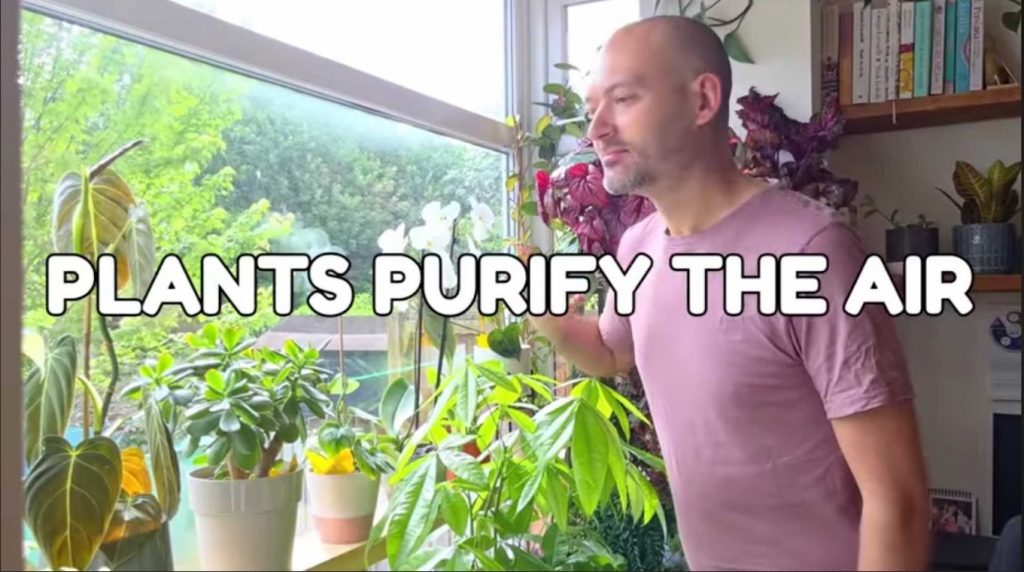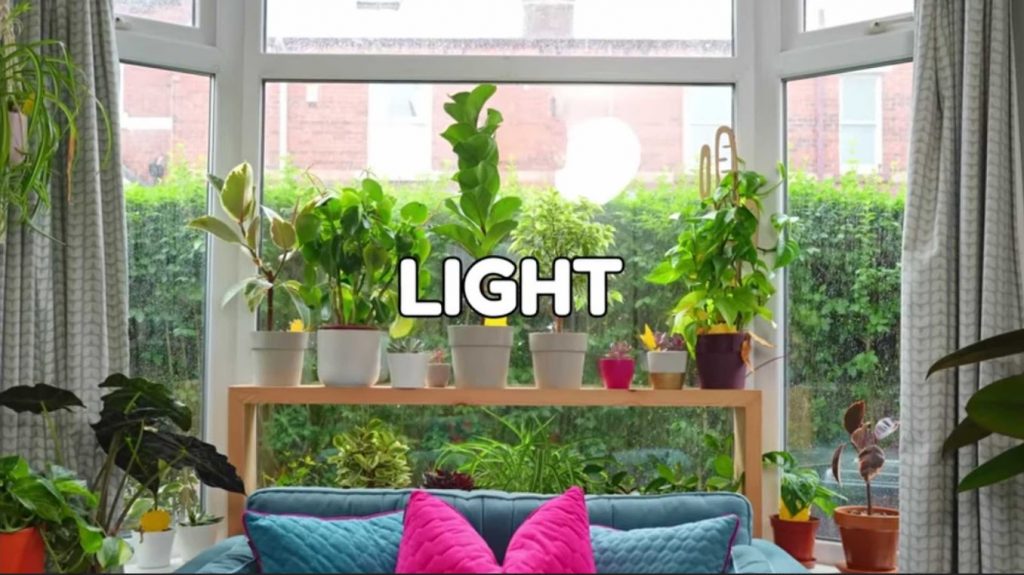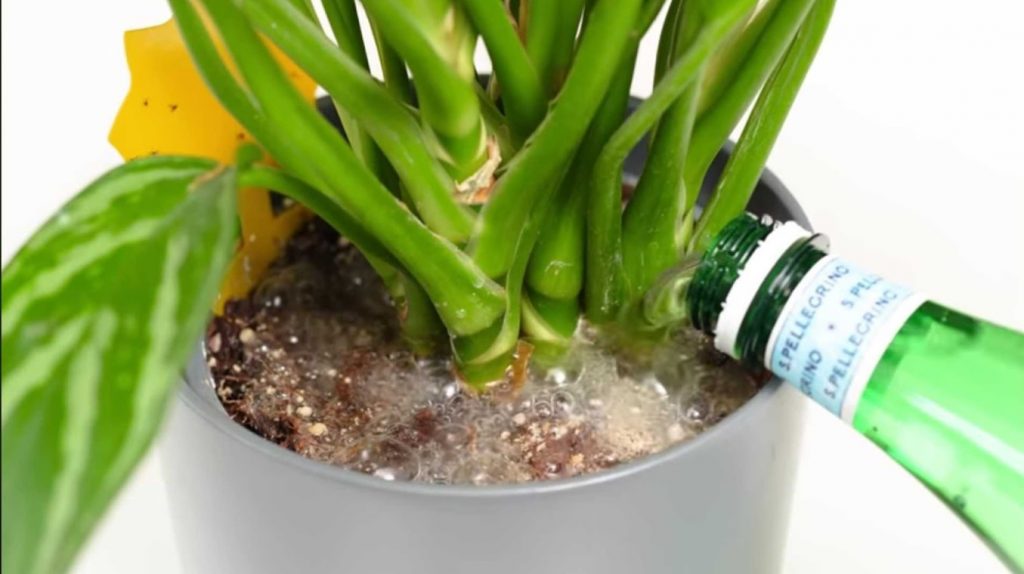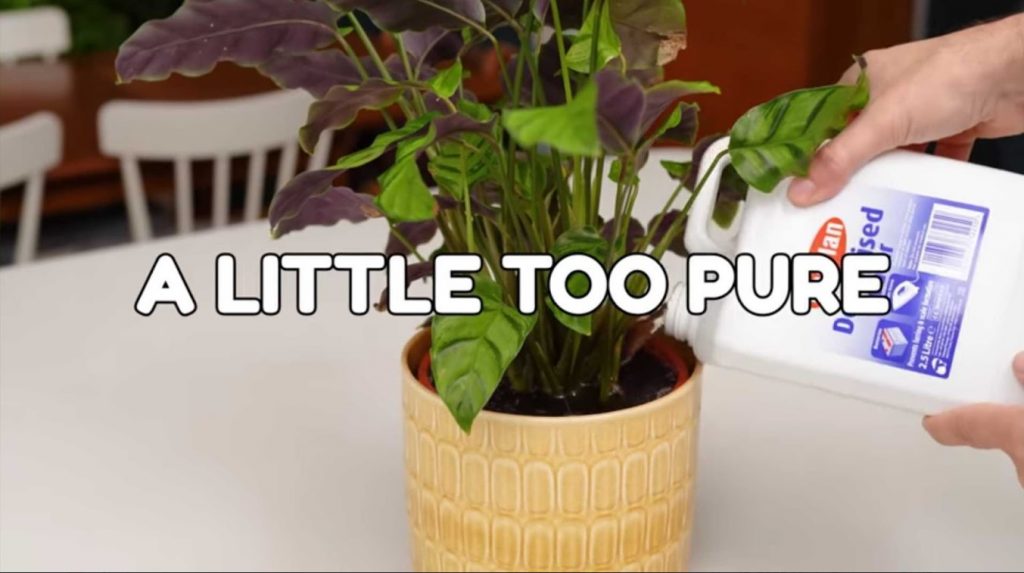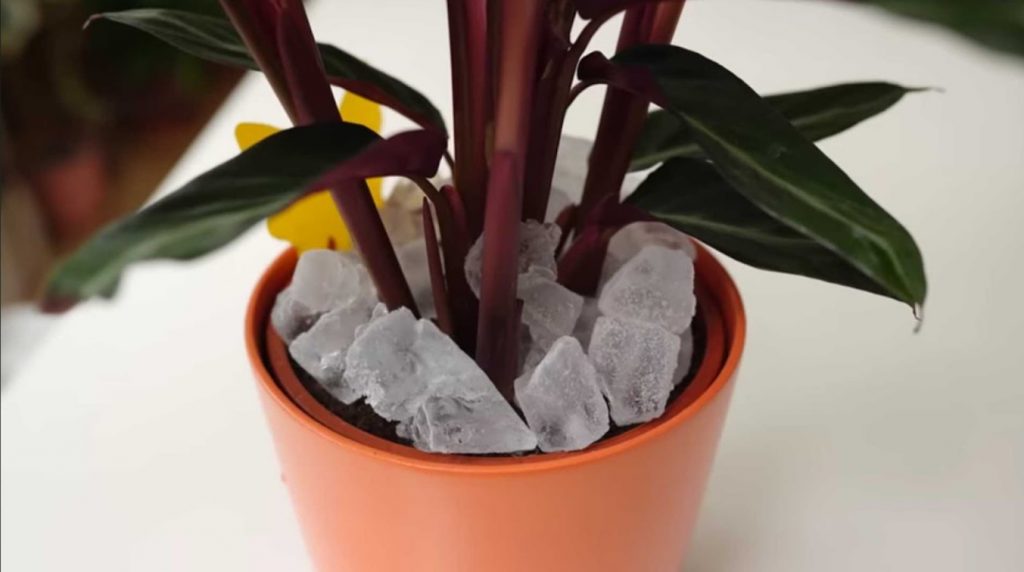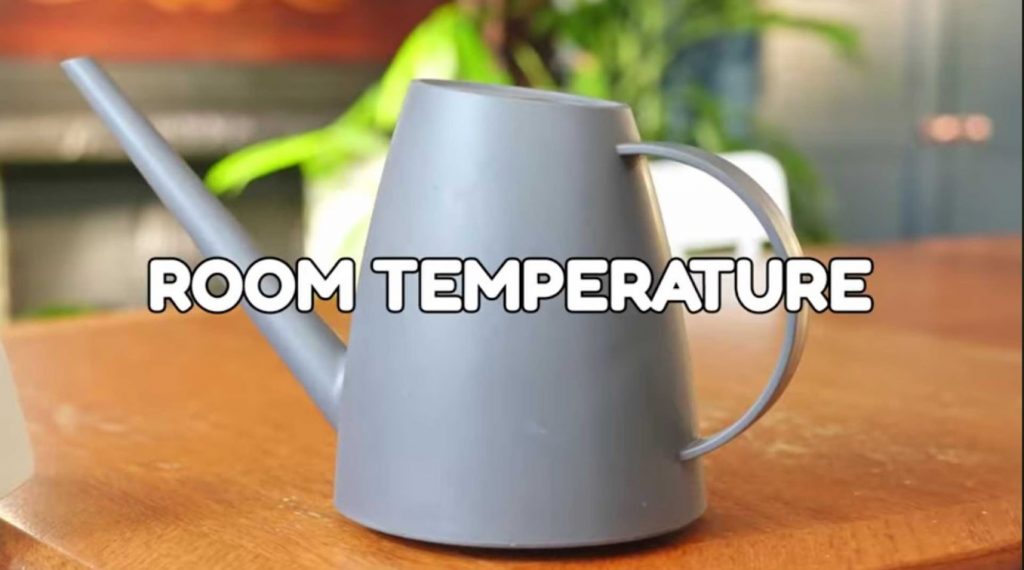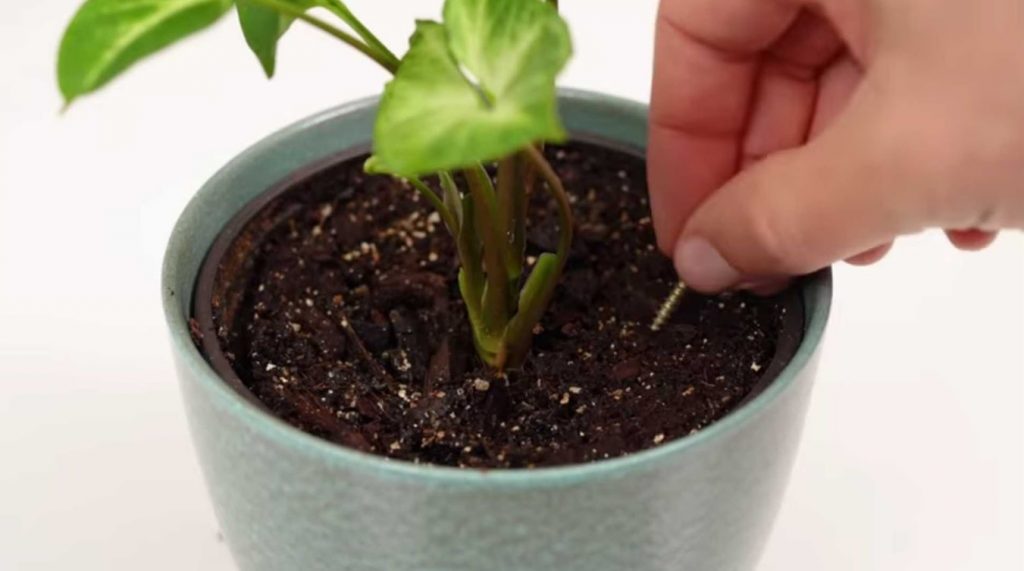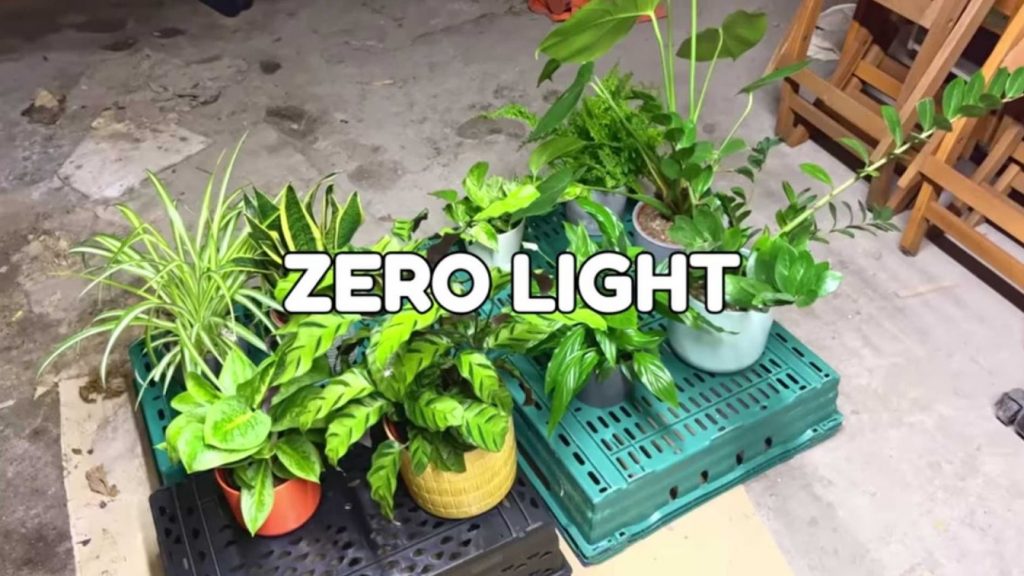I’ve had my fair share of experience with gardening myths on the internet. Some are useless and some can actually put your plants in danger.
But is there any truth to them or are they plain rubbish?
Richard, a tutor from Sheffield Made plants, explains the most common of them in his video.
Let’s get started!
#1 Plants Purify The Air
Did you know that NASA started our number one plant myth? It says that there are plants that naturally purify air. (1)
But people took it out of all context and proportion. A single houseplant can’t purify your air and rid it of benzene, toluene, formaldehyde, and other substances.
Only if you filled your entire home with these plants could they work. But if you won’t do that, don’t throw away that air purifier.
#2 Plants Suck In Winter
A common belief is that houseplants are terrible in winter because of the cold. But that can’t be the case because we all raise the indoor temperature as soon as they plunge outdoors.
The actual reason your plants don’t thrive in winter is lighting. The days get shorter during the cold season, leaving your green buddies wanting more sun.
In fact, most houseplants are tropical and used to plenty of sunlight throughout the year. Northern climates are too dark for them, especially in winter.
It’s not their fault, I guess; it’s just not what they’re used to, claims Richard.
There’s a simple solution to this issue. Move your plants to the brightest window in your home or invest in some grow lights.
#3 Carbonated Water
This is the one I’ve only recently heard of. Sparkling water can add more carbon dioxide to your plants’ roots. In theory, this type of water can increase the productivity of your plants. (2)
But there’s a different story in practice. Carbonated water may help your plants, but it’s more likely it won’t do anything special.
In any case, it won’t harm your houseplants if you use it once or twice.
However, sparkling water has low pH (between 3 and 4) and is acidic. Use it too often, and you risk changing the pH value of your growing medium. This can put your plants at risk in the long run. (3)
Too acidic (or alkaline) mediums reduce the ability of your green buddies to absorb moisture and nutrients.
So save yourself some money and stick to using tap water that you’ve dechlorinated with water conditioner, says Richard.
P.S. Your bills will increase over time if you keep watering your plants with carbonated water. Weigh the benefits and drawbacks to see whether this approach is right for you.
#4 Distilled Water
Using tap water scared me to death when I began my gardening journey. Now I see many growers recommending distilled water, but it may be the worst option.
Sure, it doesn’t contain chlorine or fluorides and won’t harm your plants that way. In fact, distilled water doesn’t have any minerals plants need.
That’s why it may result in nutrient leaching, which is a serious issue. When it drains, it can take minerals with it.
If you’ve noticed stunted growth, then this could be the problem, suggests Richard.
The good news is that you can combat this issue. Feed your plants every time you irrigate them with distilled water. But be careful with the dosage as you don’t want to overfertilize your green buddies.
#5 Ice
One method that has exploded all over the internet is irrigating your houseplants with ice cubes. This technique is particularly common with orchid growers.
Many gardeners fear this method. They think it will freeze their plants’ roots and cause cold damage. But that’s not the case! One research proved irrigating your orchids with ice cubes won’t cause any damage. (4)
However, you can never be certain how much water you used when it comes in the form of ice cubes. You wish to reduce overwatering, but you can actually underwater your houseplants with this technique.
You have to drench the soil fully when you do come to water it, maintains Richard. This is the best way of giving your plants exactly what they need. Overwatering is much more about frequency than volume, he continues.
P.S. This method is a waste of time. You have to go back and replenish ice as soon as it melts. There’s no advantage to this method over traditional watering.
#6 Cold Water
Speaking of ice has reminded me of another myth – cold tap water damaging the roots.
But this is untrue and only increases the amount of work you have to do. Imagine you have a full house of plants and one watering can. You’d have to wait for hours until it warms up to room temperature, especially in winter.
Plants aren’t that sensitive and won’t mind cold baths.
#7 Old Soil
I’ve heard of gardeners freaking out about creepy crawlies and repotting their houseplants every so often. And even if there aren’t any bugs or larvae in it, they dump the soil.
I
n fact, there’s a myth that the soil gets too old over time and you have to discard it.
Honestly, this is a waste. Old soil can indeed be reused, advises Richard.
You can use the mix you’ve had for years. You only have to remember to feed your plants from time to time with an appropriate fertilizer.
We’ve all heard about plants growing in water or inorganic mediums such as perlite. So, growing them in old soil shouldn’t be a problem.
Fix a good fertilizing schedule, but make sure to dilute the plant food in water so that you don’t damage the roots.
#8 Rusty Nails
Rusty nails contain iron and we all know that plants need this nutrient for proper functioning. But what does burying it in pots do?
They can leach iron into the soil, promoting healthier and greener growth. However, you’ll never be sure about the quantities. It can be too much or not enough.
We have pH problems again, warns Richard. Corrosion can make the growing medium more acidic, resulting in poor moisture and nutrient uptake.
Luckily, there’s a hack that can give your houseplants everything they need. And it doesn’t involve rusty old nails.
I’m talking about fertilizers. Manufacturers formulated them to give your plants every mineral they need. You only have to find the right one.
#9 Zero-Light Tolerance
The final myth is that plants have zero darkness tolerance.
Do you fret about your little green buddies when you’re going away for a week or two ‘cause you closed the curtains to keep prying eyes away, asks Richard.
Imagine moving all your plants to a spot that gets a lot of sunlight. Or hiring house sitters only to keep the curtains open.
It doesn’t sound fun!
And there’s no reason for it. Even with zero light, it would take more than a month for your plants to start showing their dissatisfaction.
So, take that trip, close the curtains, and you’ll find your plants thriving when you get back.
These are some common plant myths that many gardeners believe in. Are you one of them?
References:
1. Wolverton, B. C. et al. (1989). Interior Landscape Plants for Indoor Air Pollution Abatement. NASA.
2. Storlie, C. A. & Heckman, J. R. (1996). Soil, Plant, and Canopy Responses To Carbonated Irrigation Water. HortTechnology.
3. Spritzler, F. (2023). Carbonated (Sparkling) Water: Good or Bad?. Healthline.
4. South, K. A. et. al. (2017). Ice Cube Irrigation of Potted Phalaenopsis Orchids in Bark Media Does Not Decrease Display Life. American Society for Horticultural Science.

